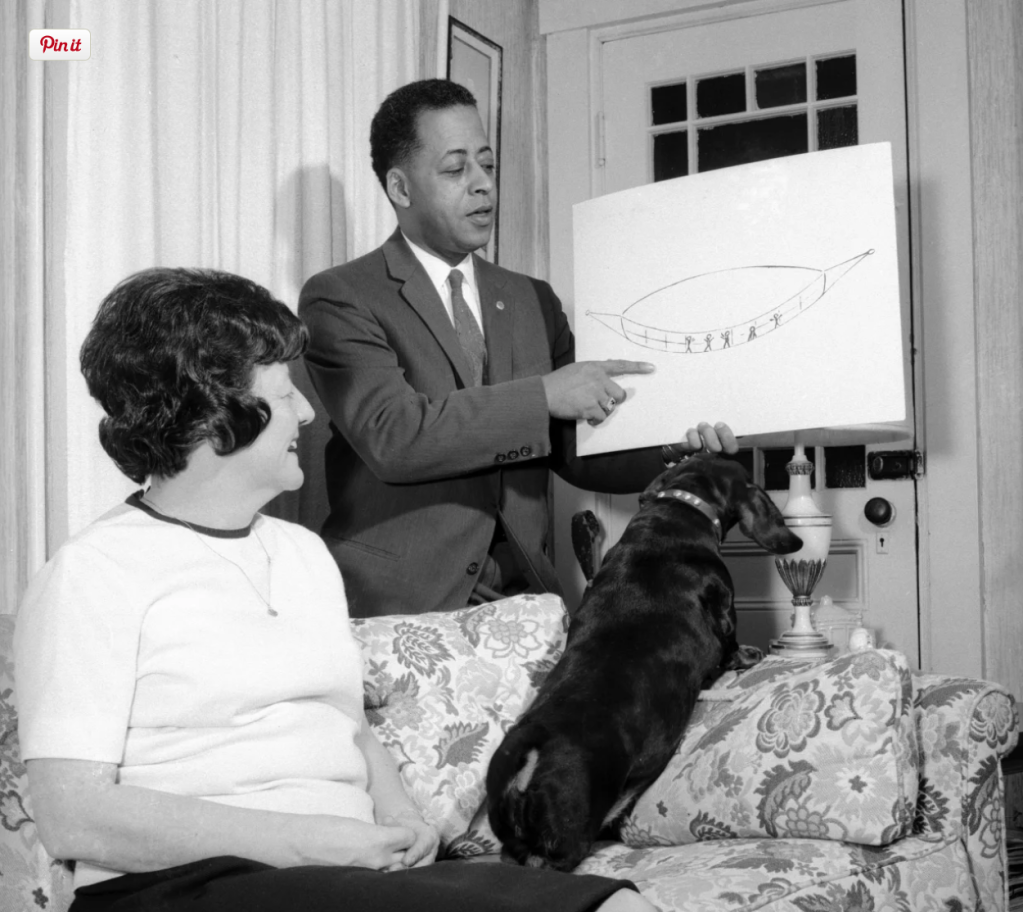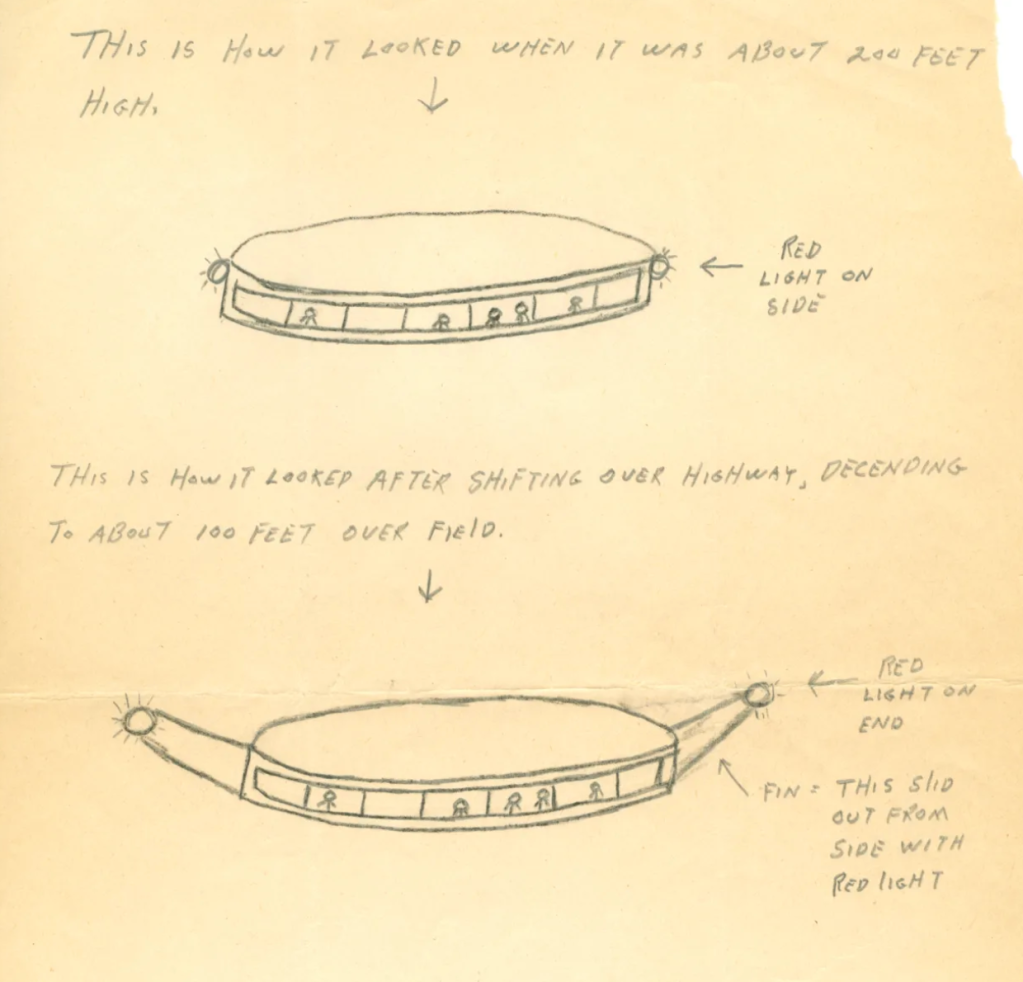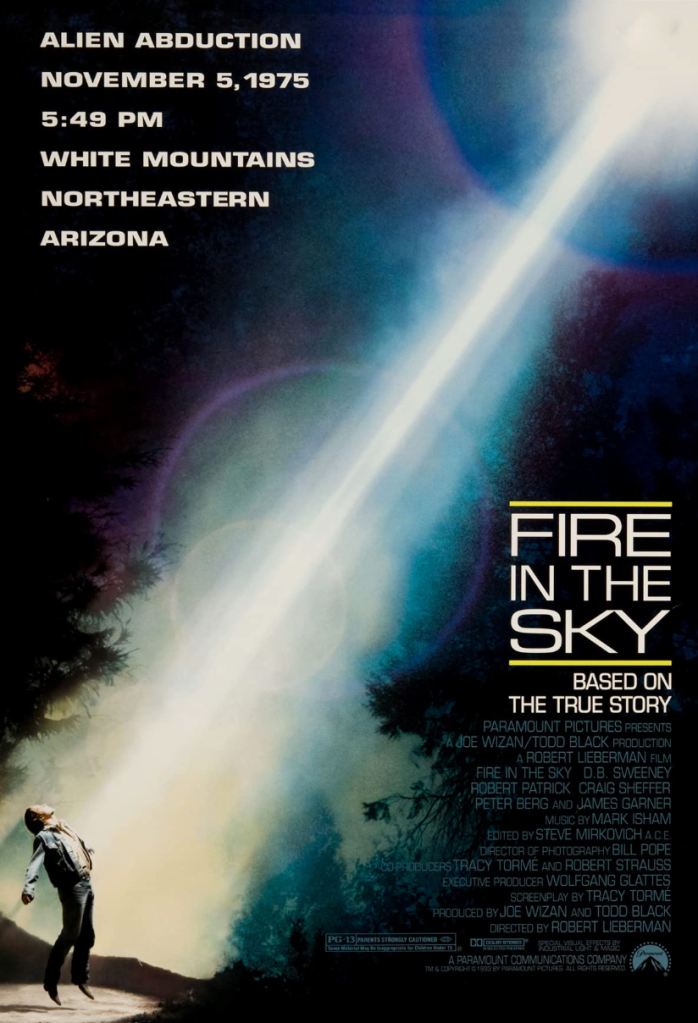
During the first few days of my new job at Clark Planetarium, my supervisor, who would soon be leaving for another position, handed off a rather large project to me as something to complete over the summer during our slower season. The planetarium had received grant money from the Rocky Mountain Space Grant Consortium to purchase and distribute solar eclipse glasses to all 6th grade students in Utah. This was now my project.
He had already purchased the glasses which he showed to me sitting in large boxes at our storage and shop area in the Gateway Center near the planetarium. He had also purchased mailing boxes and tubes for them to be shipped in, and had printed out all of the labels. According to his calculations, we would need to send out about 113,000 pairs of glasses along with instructions for how to safely use them and 3-hole PUNCH pinhole projectors, which were oval pieces of cardstock printed on both sides with three holes punched in them, one a circle, one a square, and one a triangle. These were to demonstrate how pinhole projection works – that close to the projection surface, the light takes on the shapes of the holes, but further away it takes on the shape of the light source.

All of this was in preparation for a rare annular (ring-shaped) solar eclipse that would cross southern Utah on the morning of Saturday, October 14th. Since all of Utah would be within the 90% band of the path of annularity, we wanted all 6th graders to have a safe viewing experience since their curriculum includes lunar and solar eclipses (Utah SEEd Standard 6.1.1). We also wanted all students in rural districts to have the glasses, since the eclipse would be crossing directly over them.
Annular eclipses occur during a new moon when the moon happens to be at apogee, or the furthest distance it can be on its elliptical orbit around the Earth. At that point, if a solar eclipse occurs, the moon will not be large enough as seen from Earth to completely block the sun’s light – instead, a ring of fire will appear around the edges of the moon’s shadow. I had never seen an annular eclipse before, and never a total solar eclipse. This was indeed a rare opportunity.
As July came I started working on the project, going through the list of schools to verify they were correct and that we knew the right number of students. One complication is that in Utah, 6th grade is sometimes found in elementary schools and sometimes in middle schools or intermediate schools depending on district (and sometimes in both). Some of the districts, such as Nebo District in Utah Valley, had recently moved their 6th grade up to their middle schools and my previous supervisor’s list of schools was therefore out of date. He also didn’t have the latest estimates of students for each school, which we were finally able to find from the Utah State Board of Education for fall 2023. Many of the numbers had shifted and new schools had opened. The new data was detailed enough to break down by grade level and by school. However, it took my new supervisor, Jason, some time to find the complete spreadsheet for the state so I wasted a week or two going to the data for each individual school. It was time consuming and had obsolete data from two years before. I had to make several revisions.
The solar eclipse glasses came in packs of 50, so I had to round up to the next highest 50 and many of the elementary schools have just over 100 6th graders – like 110 or 120, because they often have three 6th grade classes. This meant rounding up to 150 to also ensure all students would have them if a class had more students than the state estimates, plus glasses for teachers. Because of this constant rounding up, I wound up calculating that we needed to send 122,000 pairs of glasses give or take 100 or so. Then came the packaging into boxes. We could fit up to 200 (four packages) of glasses in a box or tube along with a few PUNCH pinhole cards, safety instructions, and letters that I will describe in a moment. It was a tight fit. Depending on the school we would have several different amounts in boxes and tubes that were then taped together into packages and a label applied. We then separated them out by school districts into boxes. For Utah’s rural schools in the central, southwest, southeast, and northeast corners of the state we combined the districts in those areas into piles to send to the regional service centers. It was a huge undertaking and took up all of the free space in our storage area.
Along with the glasses, instructions, and PUNCH cards I wrote up a letter describing what the project was all about and encouraging teachers to gather photos and data of the eclipse to send to us (no one did). I included a sheet on upcoming events at the planetarium, including the OSIRIS-REx sample return mission in late September. I also created an advertisement and a two-page flyer on my 6th grade science communication competition. Putting all of this together took hours of help from our part-time staff – notably Paul, Brooke, Jared, and Ethan. It was a lot of standing around a plywood table in our shop area and putting it all together in an assembly line. By the beginning of September we had them all packaged and labeled for the regular public school districts.
Then came the distribution. Rather than mail them, we felt it would be cheaper and more effective to deliver the packages to each of the larger Wasatch Front districts and to the four regional service centers. I had passed off my driving training, so I drove our large cargo van out to many of the district offices and asked the science specialists to send them onward to each school. I drove large boxes to Heber City for the northeast regional center, to Price for the southeast center, and to Richfield for the central regional center. Paul delivered boxes to Cedar City and to most of the districts in Salt Lake Valley (I delivered to Jordan District) and Jared delivered to Tooele district. I then delivered to all of the northern districts including Davis, Weber, Ogden, Box Elder, Logan, and Cache. It kept me on the road for much of early September and was a good way to get to know the district and regional specialists and spread some good will regarding the planetarium. I also found some nice dives to get lunch at, such as the Peach City Drive In in Brigham City.

But this was not all. As September proceeded, we became swamped with the UtSTA conference, the STEM Fest, Fan X (a local fan experience similar to San Diego ComicCon), and the OSIRIS-REx mission events (all of which I will write about in my next post). During the last week in September we needed to package up the eclipse glasses for all of the Charter Schools in Utah that have 6th grade classes, which were over 105 schools. We had made up too many boxes of 200 glasses and only a few charter schools needed this many, so it meant repackaging many of the boxes. Given that charter schools are scattered all over the state and don’t have a central distribution point, we needed to mail these out. I brought them from our shop area over to our main offices (which were built from part of the parking garage – for some odd reason, when the planetarium was designed in the early 2000s, they never considered putting in offices) so that we could use the Salt Lake County mailing system. It took two days for the mail person to pick them all up as they filled up four large boxes and his van didn’t have enough room for all of them at once. We were into the first week in October by the time they all made it out, and I was worried they would not get to schools in time.

One 4th grade teacher at Water Canyon School in far southern Utah asked for eclipse glasses once she saw that the 6th grade teacher had received some, so I sent hers with the county mail system. She received them on Wednesday, Oct. 11 just ten minutes before the final bell. Her students were going out on fall break the next day, so she got them just in time. Two packages were returned to us because of faulty addresses on the labels and another school had been left off the list, so I had to hand deliver their packages on Thursday and Friday just before the eclipse. One school was C. S. Lewis Academy in Santaquin and the other was the Utah Schools for the Blind and Deaf which had built a brand new school west of Springville. I also delivered some braille eclipse guides to them. But they made it! 122,000 pairs of glasses all distributed in time. It was a monumental task. Later, upon visiting an elementary school in Herriman, I discovered that they never received their glasses. Upon checking, I found they were not on my previous supervisor’s list because their school was brand new. I will send them glasses in time for the April 8, 2024 partial eclipse. That appears to be the only school we’ve missed so far out of 650 schools.
Getting the glasses out was important but much more preparation was needed. Many of the Salt Lake County libraries were planning on eclipse events similar to what they had done for the 2017 eclipse that crossed Idaho and was about 90% total here. I helped Jason and Thomas, along with Robert Bigelow who had retired a year ago, and people from our Community Programs team to present seven training workshops at the planetarium and at several different libraries around the county. I explained the 3-hole PUNCH Pinhole Projectors and natural pinhole projection and how to safely view and photograph the eclipse indirectly.
Doing these workshops gave me the idea to contact the librarian at the Delta City Library. The eclipse would be traveling right over the northern portion of Sevier Lake just south of Deseret, then over Kanosh, Elsinore, Loa, Bicknell, Torrey, and Four Corners. We had been preparing for this with our PUNCH outreach team since it would also be going right over Chaco Canyon and Albuquerque, where major events were planned by our team. So we worked up a plan for an event at Delta City Park. I would bring down some PUNCH activities and other items we had been presenting, such as making a model of the Earth-Sun-Moon system that showed the tilt of the moon’s orbit using only a paper plate, scissors, and a marker. The day before the eclipse I put everything together, got copies made, and brought it all home with me.
Early in the morning on Saturday, Oct. 14 I left home at 6:45 hoping to make it to Delta by 8:30 with our event starting at 9:00. The eclipse was to begin about 9:05 and reach a ring of fire about 10:32 for about 3 minutes and 20 seconds, according to the calculations. The freeway digital signs had warned for the previous week that traffic was expected to be backed up down I-15 and they were right. It took me 30 minutes just to get from Payson to Santaquin because the freeway closes down from three to two lanes. Once I got off at Santaquin on Highway 6, traffic was much lighter until I got to Elberta, where I hit a solid stream of traffic coming down west of Utah Lake. It was almost bumper to bumper the rest of the way. I knew I was going to be late, so I pushed the speed limit and passed car after car going 90 mph. It’s a good thing I know the road so well that I know all of the places to pass. There was far more traffic than on dear hunt weekend (which would be the next week), or the night before Thanksgiving, or Memorial Day which are the only other times I’ve seen heavy traffic on Highway 6.

Cars were splitting off to go to the Little Sahara Sand Dunes. Some pulled off the road everywhere there was a parking area, such as at the Brush Wellman turnoff and by the Delta Airport. I found out later that Robert Bigelow was out at the Delta Cemetery. I pulled in to Delta Park at 9:15 just as the eclipse was starting and got set up. The park was full of people with their chairs set up wherever the sun shined through the trees that line the park. I was in the northeast pavilion where we’ve done high school class reunions before.
I called as many parents and kids over as I could and explained the eclipse, how to use the PUNCH pinhole projectors (and what to expect), and to hand out bling (extra OSIRIS-REx posters, etc.). About 12 kids stayed and did the Sun-Earth-Moon paper plate model and about five did the sundial activity and about three did the sunscreen painting activity. But it was a chilly morning and most faded back to where their parents were scattered around the park as the eclipse progressed.
And it was progressing. A dark slice appeared in the upper right edge of the sun (I wore my own eclipse glasses, of course) as the sun shined through the power lines on the other side of the road. The PUNCH pinhole projectors were working well, and I took photos of people holding them and seeing crescent suns appearing on the sidewalks instead of the circle, square, and triangle shapes. But the most interesting things were the natural pinhole projections coming through the leaves of the many trees lining the park. Gradually the sun became a thinner and thinner crescent until 10:32 am, when right on schedule a complete and perfect ring of fire appeared around the moon. I took as many photos as I could but my cell phone didn’t have the capability to focus through the eclipse glasses. Then, about four minutes later, the ring became a crescent again.
I had some kids participate in the Birthdays on a Chaco Canyon Horizon activity but they didn’t want to stay to do the Dancing Up a Solar Storm activity. As soon as the ring of fire passed, most people began packing up. I talked with some people who had good cameras and telescopes with solar filters who had taken some excellent photos during the eclipse and asked them to send me copies, but I never received them. The park was pretty much empty by 11:00 so I began to pack up and left around 11:30 although the eclipse was still going on until about noon.

I knew the traffic would be horrible, so I stopped at Ashton Farms for lunch but had to wait almost 45 minutes. It was packed, and couldn’t find a table to sit at so I got out a camping chair and set up. I talked with an interesting guy named Robert who had lived in Taiwan for several years. I got a cheeseburger, an oreo shake, and some English chips. The traffic from Delta to Nephi wasn’t bad, but once I hit the freeway it was badly backed up and moving only at about 20 mph, so I got off at Santaquin and took the old highway through Payson, Salem, and Spanish Fork, then over through Mapleton, Springville, and up past the Provo Temple and back home, arriving about 3:00 pm. It was a tiring day, but certainly brought a lot of visitors to Delta. If I hadn’t set up an event, I would have watched the eclipse from Deseret. That would have been surreal!
The planetarium had a large event at the Gateway Center with about 800 people attending. The event in Richfield was quite crowded, as I understand it. Fillmore saw some people but not that many. I can only imagine how crowded Capitol Reef National Park must have been, being perfectly on the path. There were good crowds in Mesa Verde National Park (Jason was there). It was a great deal of work to get all of the glasses out to schools, but we managed it. Through my efforts, and with a great deal of help, we were able to impact about 300,000 people (given 6th grade students have family). I feel very satisfied with my efforts and the influence they had.

























































